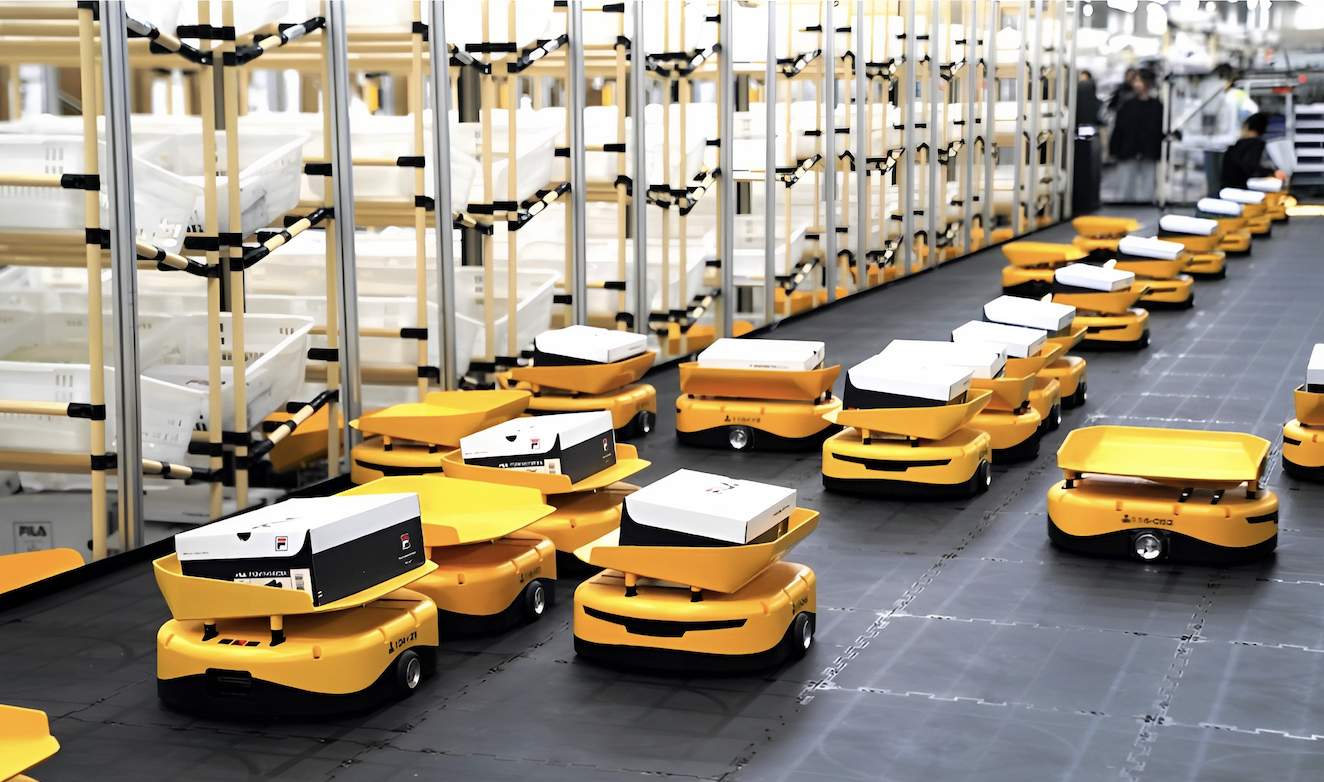Ultra-energy efficient parcel sortation robots are a game changer for the logistics sector. They’re also good news for the environment, say Xia Huiling, founder and CEO of LiBiao Robotics
The importance of sustainability and the need to operate in an environmentally responsible way have been high on most corporate agendas for many years. But, with many companies’ profits taking an instant hit thanks to the surging cost of energy, the emphasis on reducing power consumption has never been greater.
Quite simply, less waste not only benefits the natural world, it also means lower operating costs and, ultimately, a healthier bottom line.
And within distribution or parcel fulfilment centre environments there is growing emphasis on implementing materials handling equipment and intralogistics solutions that can demonstrate the ability to minimise energy wastage and, therefore, lower operational expenses by performing more efficiently.
Indeed, many of the companies that have deployed LiBiao’s autonomous mobile robot-based parcel sortation solution in recent months have cited reducing energy consumption as a top priority and a key driver of their decision.
In several instances these new adopters of AMR sortation have switched from parcel sorting systems based on traditional cross-belt sorter technology.
Because cross-belt sorters continue to operate throughout a shift regardless of the number of parcels being processed, at quiet times when only a small number of parcels require sorting, the system uses the same amount of energy as it does during a peak period.
A robot-based sortation system, however, offers the chance to rest mobile robotic units during slow periods to ensure energy is not wasted and, when there are spikes in sortation activity, extra robots can be added to meet raised throughput targets.
With a typical LiBiao robot using just 30 watts of power – approximately the same as a small indoor table lamp – adding additional robotic units as and when they are required will not result in wild fluctuations in a user’s energy bill.
A good example of a company that is benefiting from the reduced energy needs of a robotic sorting system is Skechers. Since its LiBiao AMR sorting system went live at its 150,000 square metre DC facility in Eastern China Skechers has reduced on-site power consumption considerably. The company is processing the same number of parcels as it had been with its existing cross-belt sortation system but the robotic solution uses a staggering 80% less energy and occupies just one third of the floor space that had previously been taken up by the cross-belt system.
Of course, parcel sortation robots offer a host of other benefits to logistics and distribution operations beyond better energy efficiency. They can significantly increase the speed and accuracy of the sorting process, reduce labour costs, minimise the risk of human error, and, unlike cross-belt sorters which cannot function even in the event of partial system failure (and, therefore, require an overwhelming and often costly amount of ongoing routine maintenance) a single point of failure does not result in serious disruption and delay with an AMR sorting solution because each individual robot can be quickly, simply and safely replaced if necessary.
Fixed equipment lacks the flexibility needed to adapt to the constantly changing throughput requirements of a modern parcel fulfilment business. But by shifting from static cross-belt sorters to ultra-energy efficient and flexible AMR technology, warehouse operators are reinventing the way that parcel sortation works.
There can be no doubt that robotic sorting systems are a game changer for the logistics sector. They’re also good news for the environment.





